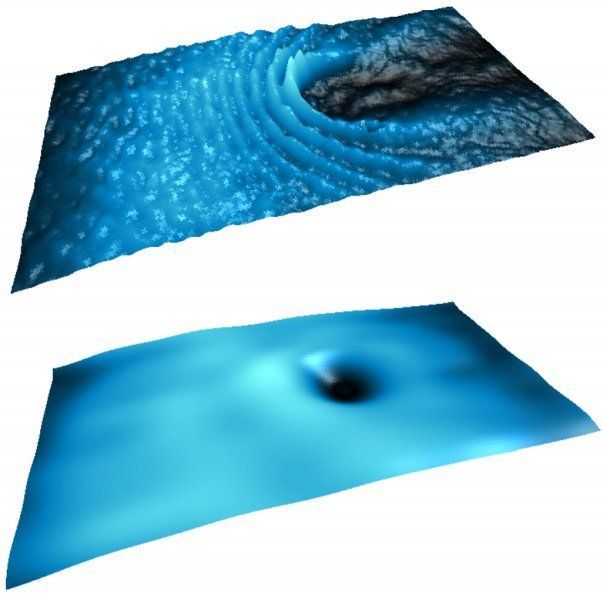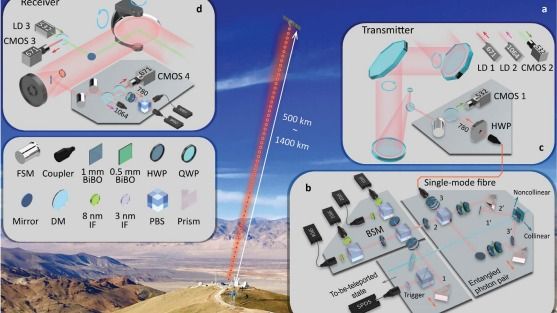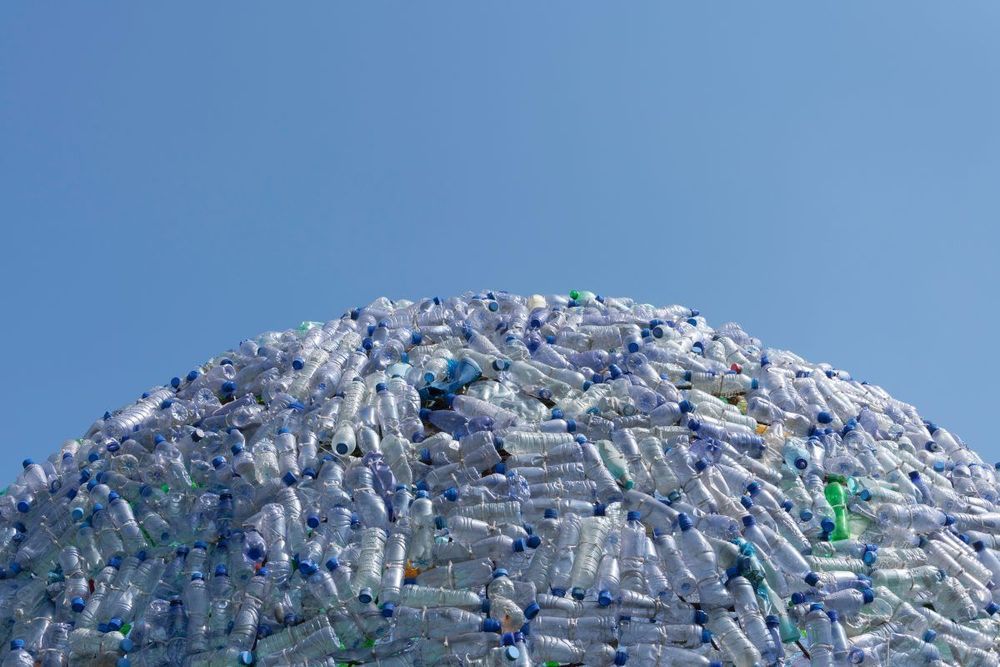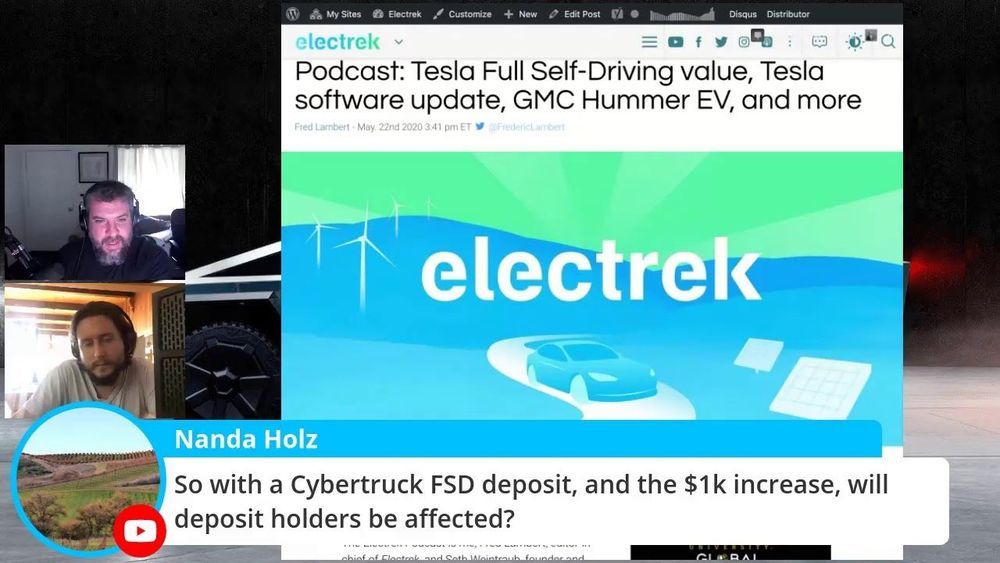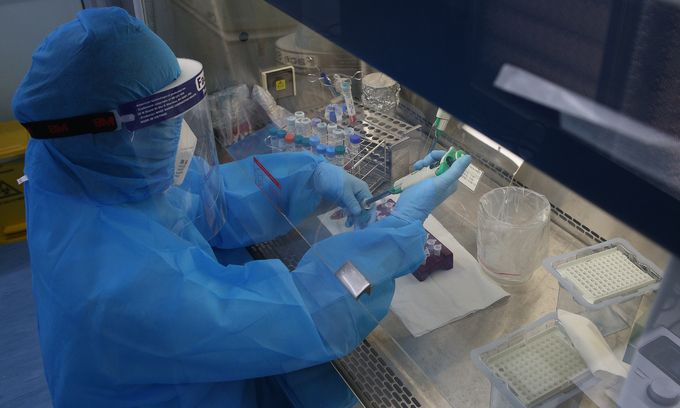May 26, 2020
For The First Time, Scientists Achieve ‘Liquid Light’ at Room Temperature
Posted by Quinn Sena in category: futurism
Circa 2018
In June 2017, physicists achieved ‘liquid light’ at room temperature for the first time ever, making this strange form of matter more accessible than ever.
This matter is both a superfluid, which has zero friction and viscosity, and a kind of Bose-Einstein condensate — sometimes described as the fifth state of matter — and it allows light to actually flow around objects and corners.
Continue reading “For The First Time, Scientists Achieve ‘Liquid Light’ at Room Temperature” »
